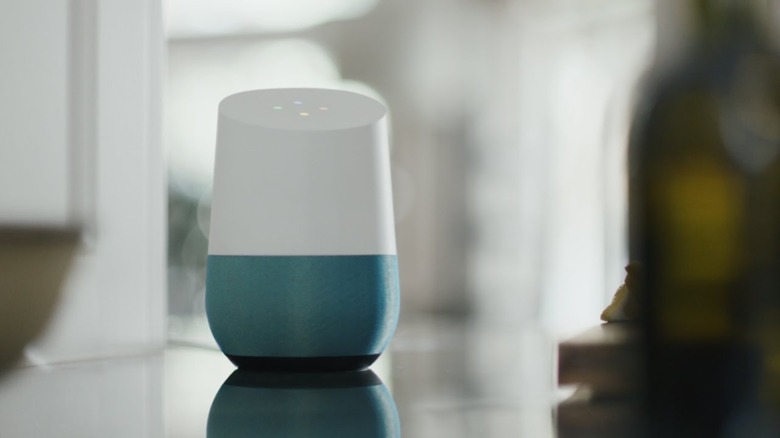Yes, Google's Cast Devices Have Been Breaking Wi-Fi Networks, But A Fix Is Coming Tomorrow
Earlier this week, reports emerged about Google's Cast devices, most notably the Chromecast and Google Home, sending so much traffic through home Wi-Fi networks that the router would crash. At the time, Google only tangentially acknowledged the issue, and the sole technical analysis of the problem came from a TP-Link support page.
However, Google now has a full support page for the issue, in which the company acknowledges that the problem is caused by having an Android and Cast device on the same network. More importantly, Google says that a full software patch will be rolling out starting Thursday, January 18th.
Google explains the issue as "in certain situations, a bug in the Cast software on Android phones may incorrectly send a large amount of network traffic which can slow down or temporarily impact Wi-Fi networks. The specific impact to the network will vary depending on the router." According to anecdotal reports, the "impact to the network" can include the wireless communication module of a router crashing or shutting down, forcing users to reboot the router to get things working again.
According to Google's support doc, the problem only affects people with an Android phone and a Cast device (such as Chromecast or Google Home) on the same Wi-Fi network. Given that millions of people worldwide don't appear to be experiencing this problem, there are likely other variables at play, including the software version of the Android phone and Cast devices, as well as the particular router running the network. Google does suggest rebooting your Android device and updating Wi-Fi firmware as temporary fixes.
TP-Link was the first company to provide any explanation for what was going on. It outlined its best guess at the problem in a support document, which sounds a lot like what Google is describing now:
Following initial research and investigation, our Engineering Team is confident that they've determined one of the key origins of the issue. From what we have gathered so far, the issue appears to be related to some recent releases of Android OS and Google Apps. This issue stems from these devices' "Cast" feature, which sends MDNS multicast discovery packets in order to keep a live connection with Google products such as Google Home. These packets normally sent in a 20-second interval. However, we have discovered that the devices will sometimes broadcast a large amount of these packets at a very high speed in a short amount of time. This occurs when the device is awakened from the "sleep mode", and could exceed more than 100,000 packets in a short amount of time. The longer your device is in "sleep", the larger this packet burst will be. This issue may eventually cause some of router's primary features to shut down – including wireless connectivity.
TP-Link has fixed the problem for its users with a firmware to the router, which should allow it to handle the sudden burst of packets without crashing.
